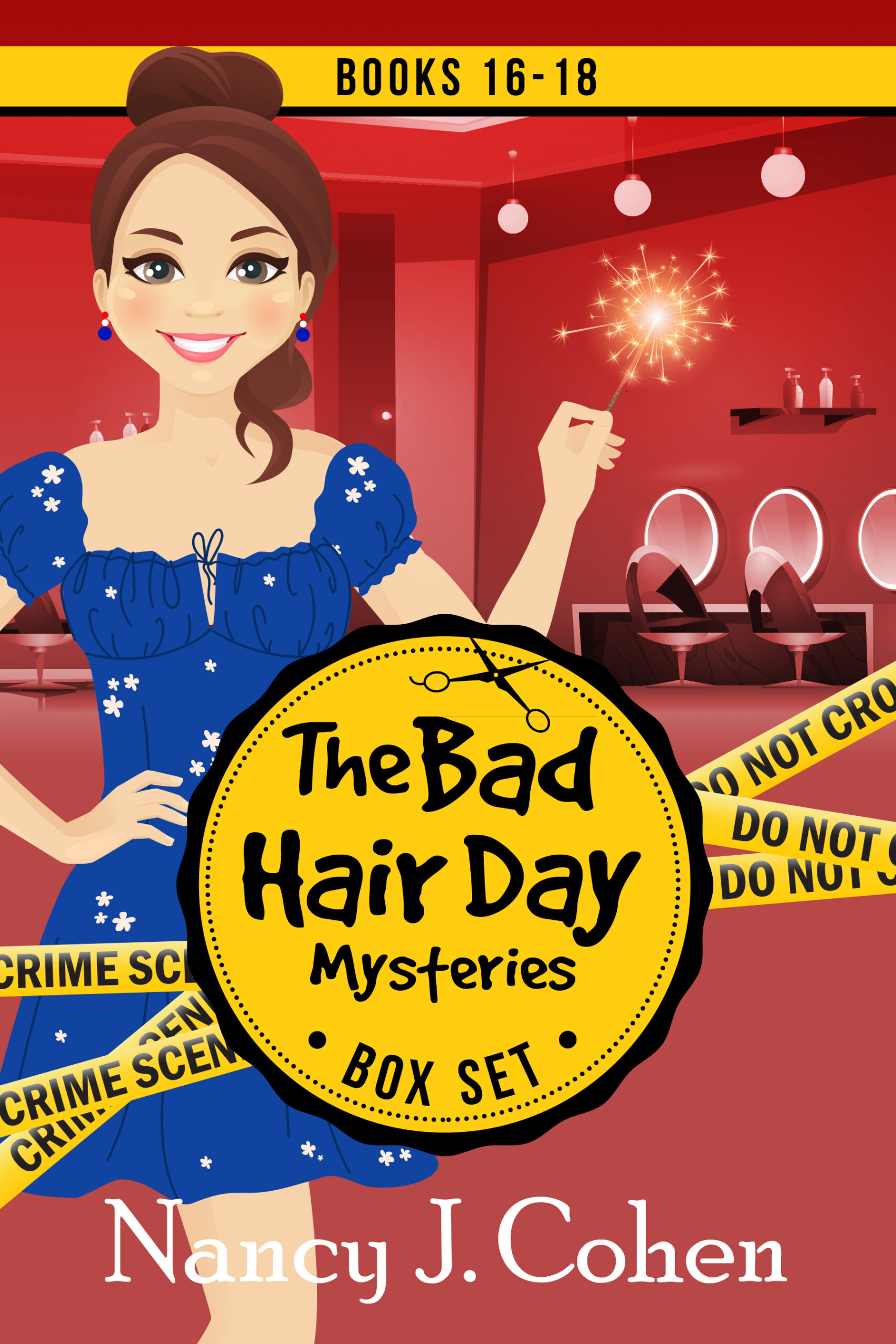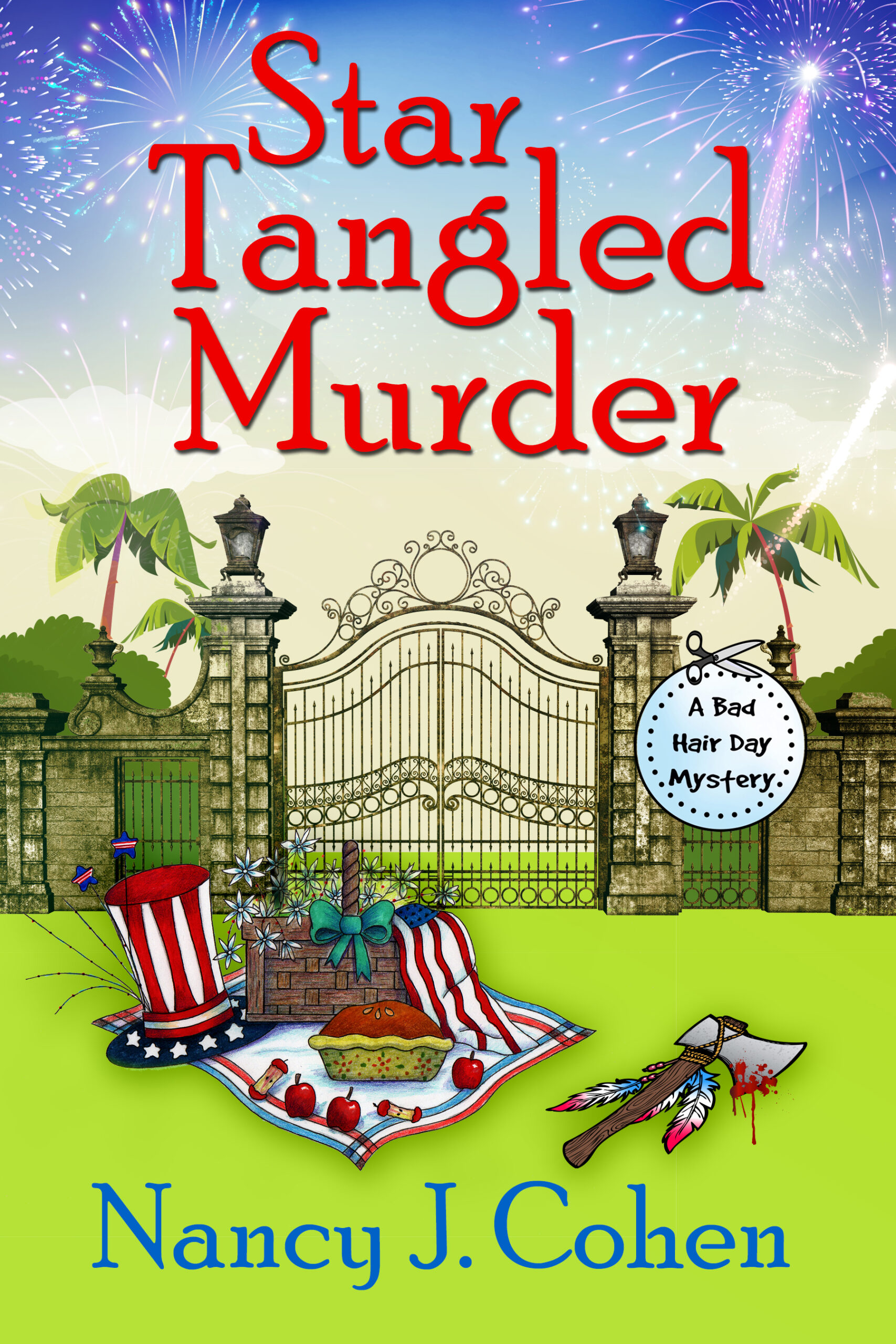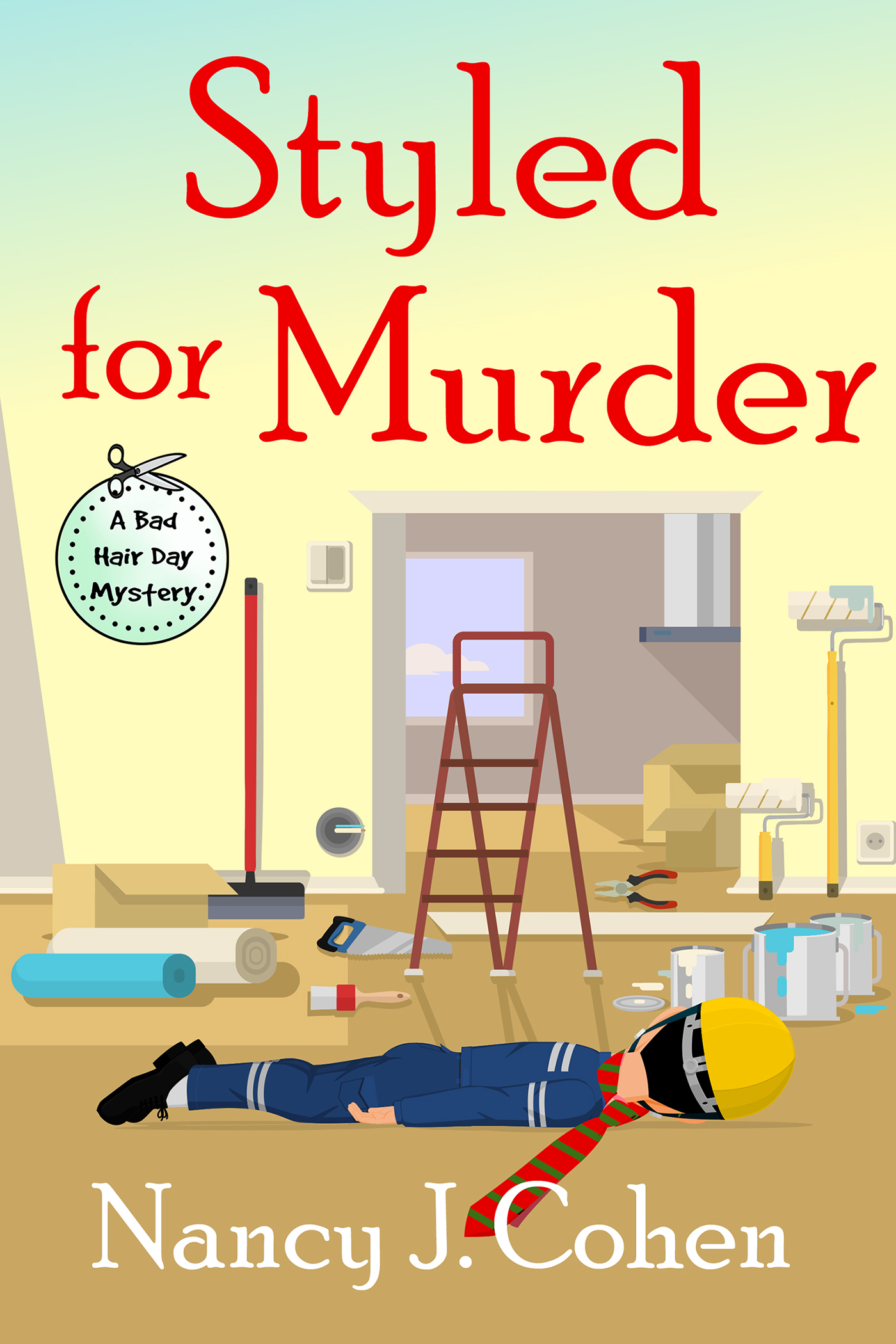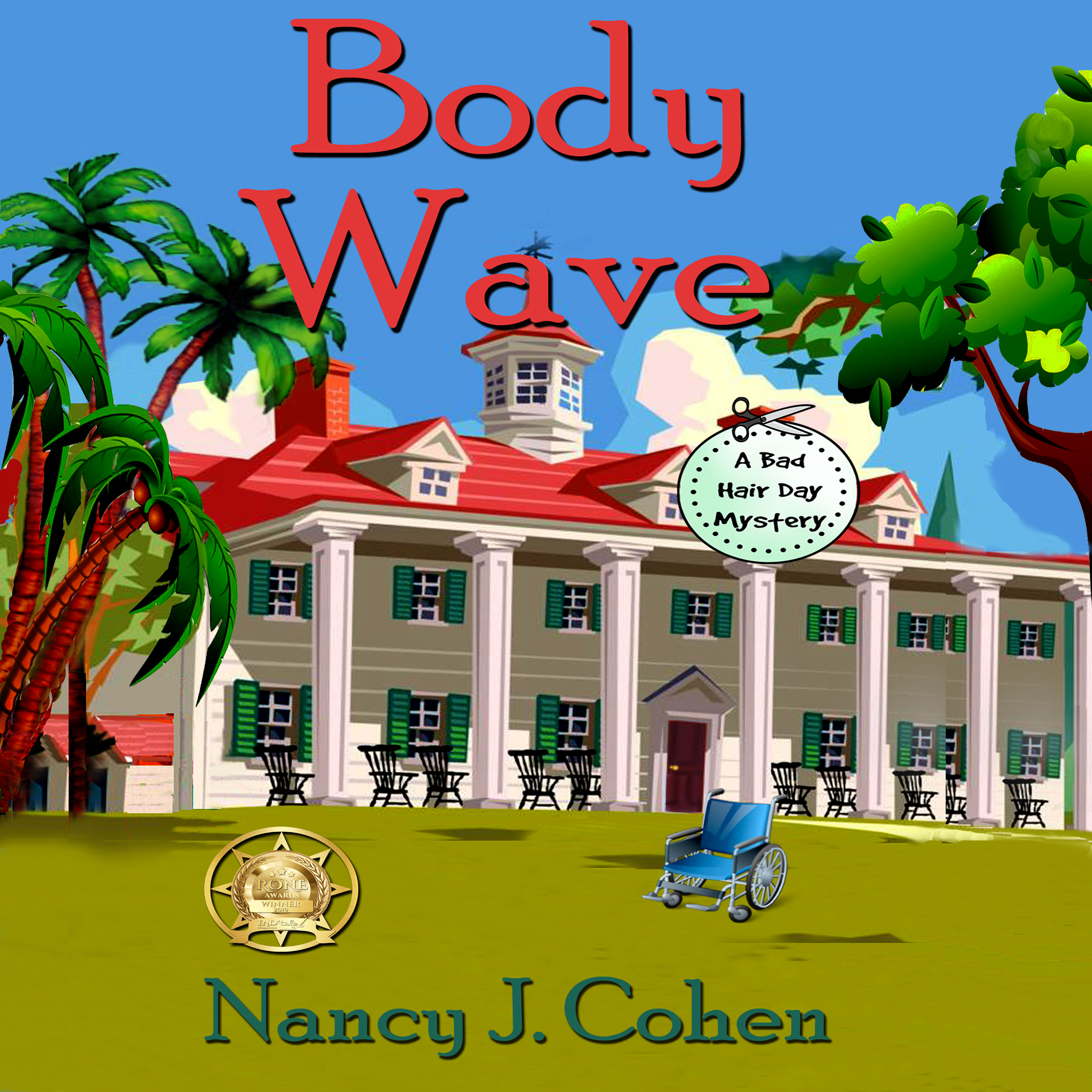New writers often ask me for self-editing tips. Here is a revised version of my guidelines. I hope you find them useful. Would you add any more that I’ve overlooked?
9. Gerunds. Beware of “ing” phrases that are illogical. NO: Flinging the door wide, she stepped inside the darkened interior. YES: She flung the door wide and stepped inside the darkened interior.
10. Avoid weak phrases like “seemed to,” “tried to,” “began to.” NO: He seemed to want her input. YES: His smile encouraged her to offer an opinion. Also avoid unnecessary phrases such as “she realized”, “she figured”, “he decided,” “he watched,” “he thought.”
11. Show, don’t tell. NO: She felt afraid. YES: Ice gripped her heart. NO: He was angry. YES: He slammed his fist into the door.NO: He’d met her at the inn and liked her on sight. YES: He spied the blonde as soon as he stepped inside the front door. Wrinkling his nose at the strong smell of ale mixed with human sweat, he loped in her direction. Lights glared from overhead, but it was nothing compared to the radiance on her face…
12. Invest your characters with attitude to give them a distinctive personality. NO: “I’m fine, thanks.” YES: “You really wanna know?”
13. Keep description within the viewpoint of your character. Similes and metaphors should be within his/her frame of reference.
14. When you’re in deep viewpoint, use pronouns rather than the character’s name.
15. Use a new paragraph when you switch viewpoints.
16. Check timing and continuity, and make sure all loose ends are tied up by the last page. Be realistic about meal and work hours.
17. Avoid weak verbs: is, was, are, were, there was. NO: There was water on the window. YES: Water droplets beaded the window. NO: His pulse was racing. YES: His pulse raced.
18. Avoid negatives. NO: He would not wait any longer if she didn’t appear. YES: He’d leave if she failed to show up.
19. Delete redundancies. NO: sat down YES: sat NO: He thought to himself YES: He thought. BETTER: eliminate “he thought.” If you’re in his viewpoint, you know he’s the one thinking.
20. Check for repetitions: Most of us unconsciously overuse a favorite word. Be alert for these when you read through your manuscript. Also, avoid the same phrases or words on two consecutive pages. Another thing to watch out for: don’t repeat the same information. Mentioning something once is enough.
21. Eliminate “that” where not needed.
22. Remove qualifiers that weaken your prose, such as: very, rather, quite, really, awfully. NO: I remembered that she was really nice. YES: I remembered how her smile lit the room. NO: It was very hot. YES: The heat made my skin itch, or Heat waves rippled off the pavement.
23. Beware of flying body parts. NO: Her eyes flew across the room. YES: Her gaze flew across the room. NO: She threw her hands in the air. YES: She raised her arms.
24. Be specific: NO: She passed a clump of flowers YES: She passed a clump of red tulips sprouting from the ground like supplicating hands. NO: It had been a hard day. YES: Her body sagged as though she’d been battered in a stampede.
25. Learn correct spelling and usage: their or they’re; it’s or its; lay or lie; you’re or your.
26. Beware of talking heads. Lines of dialogue need to be broken up by character tags, including sensory descriptions or action.
27. Keep flashbacks and backstory to a minimum. Work them in with dialogue and action.
28. Use descriptive detail only when it enhances your story. Too much detail can slow your pacing and lose the reader’s interest. Always remember the five senses.
23. Go for strong endings at ends of sentences. Don’t end sentences on a preposition. NO: I didn’t know what he was waiting for. YES: I didn’t understand why he waited. NO: He stared in horrified dismay at her. YES: He stared at her in horrified dismay.























This editing check list is so helpful that I am printing a copy to keep. Thank you.
Excellent advise – I’ve been doing edits on my WIP, and right now and going through for all the uses of vague words like “anything” and “something.” For me, they become automatic filler just like “just”! 🙂
And I love #13 – too often the author appears in narrative instead of the character.
I agree with Debbie. This needs to be printed out and in front of me when I do my edits. It’s not that I don’t know these rules, but sometimes we get so deep into our own work we fail to see it objectively.
I totally agree, Allison. It is SOOOO hard to see the issues in our own writing.
My secret weapon is the AutoCrit Editing Wizard. It finds a bunch of these issues for me. It saves me a lot of time and re-reading.
It’s amazing how much I find to correct in my own work even when I know these rules. Terry, I’m going to add “Something,” “Anything,” and “Just” to my list. I use those, too.
Oh my! I’m working on a second draft now. I’m keeping your advice close at hand.
These rules are very helpful. Most of them can be applied to all types of writing including website copy.
Very good advice – I especially dislike similes & passive (what I call lazy) verbs, but all of your points are spot on.
Thanks, I appreciate your feedback. Glad you find this post to be useful. Again, if you have any tips to add, please share them!
Nancy – your blog is nicely designed and the editing advice was terrific. I’ve got four historical mysteries out and I’m still going to print out these rules for writing as reminders! M. E. Kemp
Thanks, M.E. Doesn’t it seem as though our work is never done? There are always more things to correct.
Nancy, these are awesome! I’m a member of CFRWA and we are organizing a “helpful hints” section on the web page. A link to this site is guaranteed! Nicely organized.
Thanks, Karen. Spread the word! I appreciate the link.